Modified Gravity Could Soon Be Ruled Out, Says New Research On Dwarf Galaxies

Dark matter is our leading theory for a reason. New, detailed studies of the smallest galaxies could kill off the most studied alternative.
When you look out at the Universe, there are a few things you’d rationally expect. You’d expect that the same things that made up everything we saw — like atoms and light — made up everything there was. You’d expect that the fundamental laws would apply equally well everywhere you looked, from small scales to large scales. And you’d expect that if you had multiple ways of measuring the same physical quantity, they’d give you the same answer.
Which is why the dark matter problem is such a puzzle. There are a huge variety of measurements we can make that indicate that about 5/6ths of the Universe, by mass, isn’t made up of any of the known particles. It doesn’t interact with normal matter or light. And if you measure the mass of a galaxy directly, from its light, it doesn’t match the mass you infer from gravity.
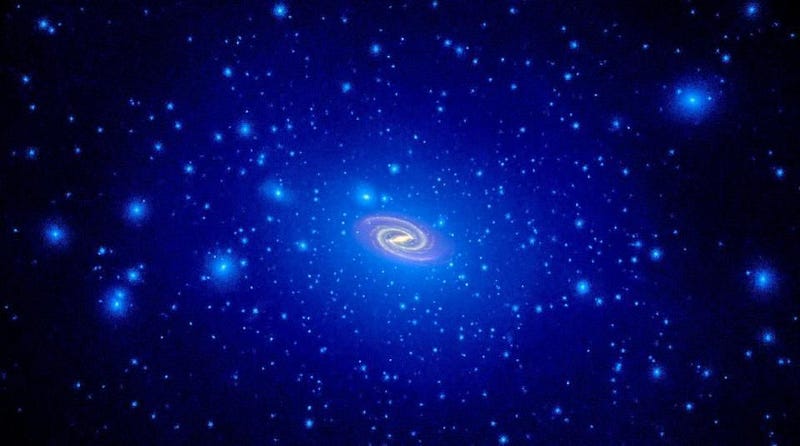
Traditionally, the way to approach this problem has been to add a single ingredient: dark matter. If you assume that the Universe isn’t simply made up of the matter we can directly detect, but that there’s an additional component, you wouldn’t expect that those two mass measurements would line up. If there’s something besides protons, neutrons, and electrons making up the Universe, their gravitational effects would show themselves without necessarily leaving a visible light signature.
But another option would be to modify the law of gravity. If you simply add in an additional term to Newton’s law of gravity that defines a minimum acceleration scale, you can explain how galaxies rotate to a superior degree to the dark matter idea. The great hope of modified gravity is to reproduce the entire observable Universe without adding in dark matter.
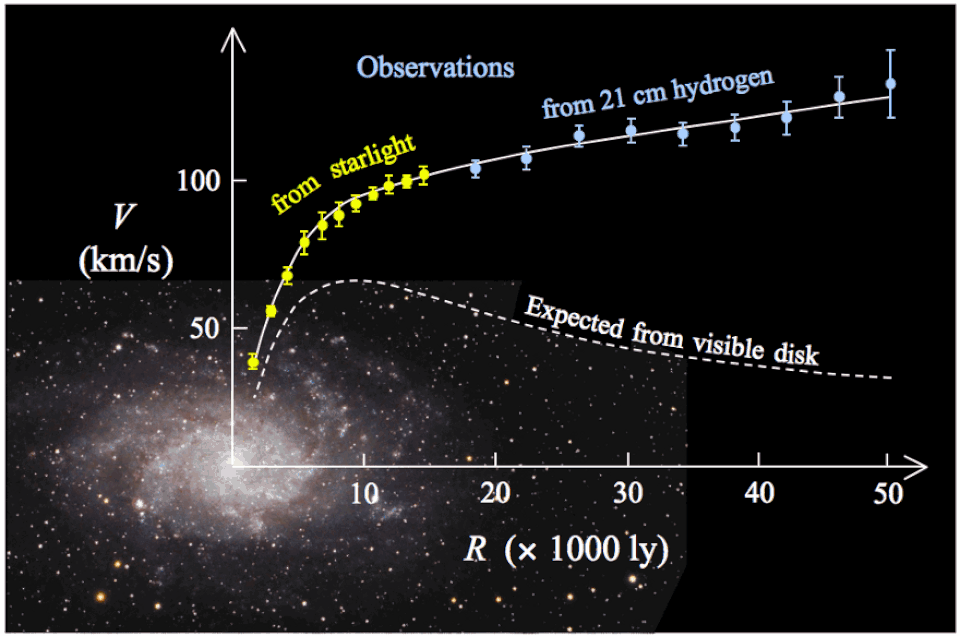
While attempts to make a modification to gravity that explain all the cosmic observations have proved elusive thus far, this remains the best option to explain how galaxies (and smaller objects) behave. Without a direct detection of a theoretical particle that could be responsible for dark matter, the door must remained open for alternatives. Despite the overwhelming cosmological evidence pointing to dark matter, other options deserve consideration, too.

In science, the way you decide which ideas are admissible versus which ones are no longer possible is to put them to the test against one another. Dark matter and modified gravity have a hard time going head-to-head on galactic scales because there are a number of confounding elements involved. For galaxies, star formation, feedback between gas, radiation, and dark matter, as well as stellar winds and complicated merger scenarios make universal predictions difficult on these small scales. Modified gravity might give you much cleaner predictions on these small scales, but fail catastrophically when you attempt to extend these modifications to larger ones, where dark matter achieves its greatest successes.
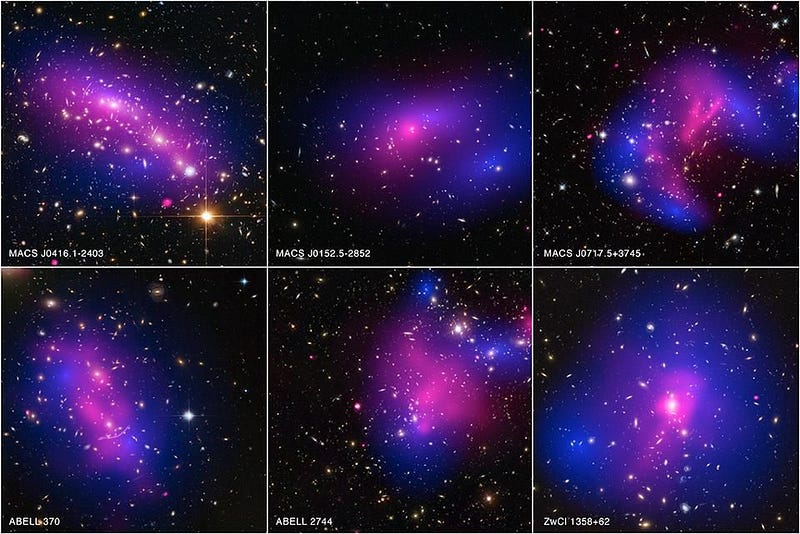
But there’s a new paper out that has devised a brilliant, head-to-head test for dark matter against modified gravity. If the law of gravity is truly different from Einstein’s General Relativity, then it should apply equally well to all galaxies under all conditions.
If we can find two galaxies with the same mass profiles — where they’re not only the same overall mass, but have the same mass-as-a-function-of-radius as one another — we’d expect them to exhibit the same internal motions as one another. If there’s no dark matter, but just the matter we observe, the force of gravity, even if it’s a modified force of gravity, would have to be the same.

So if we look at two galaxies and see that they don’t match, either at least one of the galaxies must be out of equilibrium, meaning it’s in a state of change, or modified gravity can’t explain it.
On the other hand, there is a tremendously powerful explanation that dark matter offers that could explain it all, even if both galaxies are in equilibrium. The reason? Because galaxies could have formed stars at different times or different rates, and star-formation history affects not just the normal matter, but the dark matter as well.
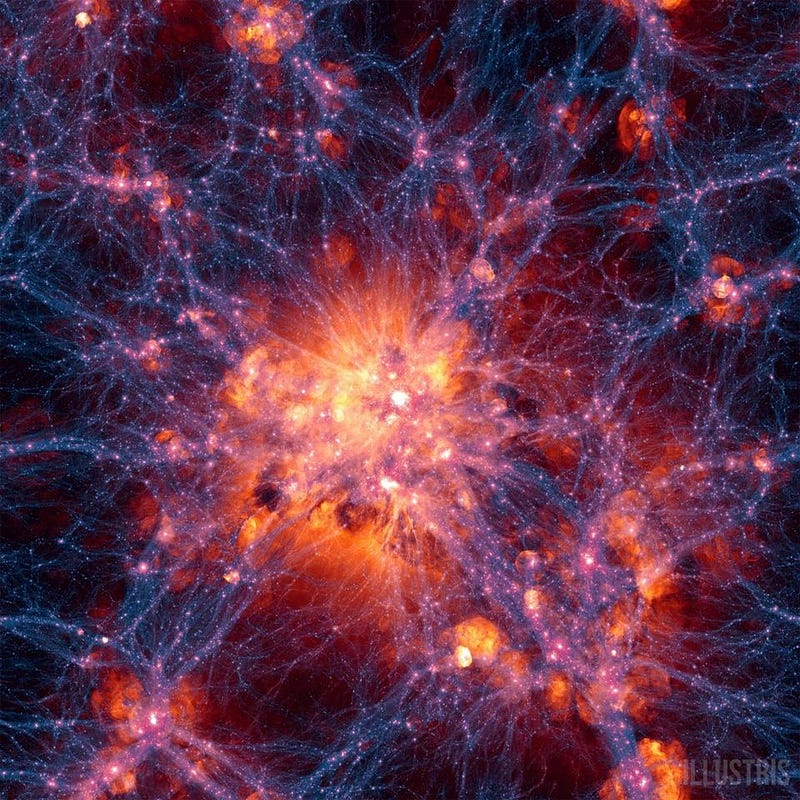
While it’s true that only normal matter interacts (i.e., scatters) with photons, both normal matter and dark matter should respond to radiation pressure. If a galaxy formed stars only a very long time ago, and not for many billions of years, there should be plenty of dark matter that now populates the inner reaches of a galaxy. But if there has been a lot of recent star formation occurring in multiple bursts, it should evacuate the mass from the galactic center. With less mass there, the orbits of the dark matter particles changes, lowering the inner density of dark matter in the innermost regions. (There was a nice review of this back in 2014.) As Justin Read explained in a conversation with him:
…radiation pressure, stellar winds and supernovae push the gas (via the usual electromagnetic interaction) and dark matter then responds to the altered central gravitational potential.
The best laboratory to test this is with small, dwarf galaxies, where these effects should be the largest.
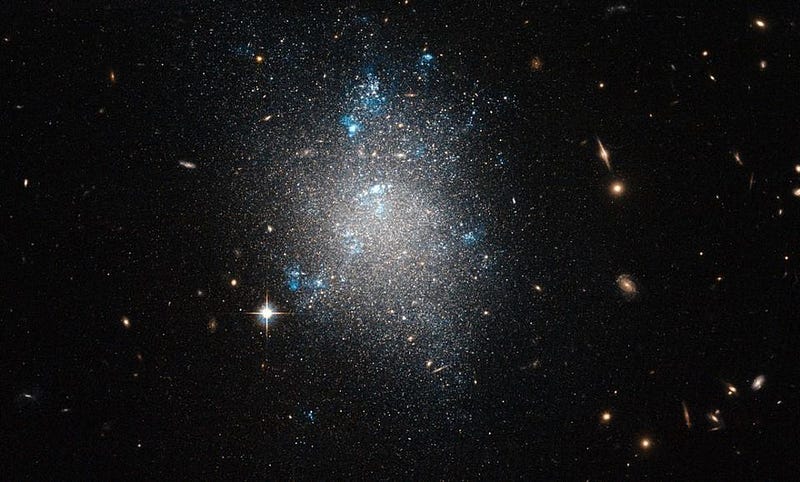
If the galaxies all demonstrate the same gravitational behavior, it would be a victory for modified gravity. But if we can trace out the star-formation histories of these galaxies — which we can do by examining the stellar populations found inside them — and if these galaxies exhibit different gravitational behaviors because of them, that would be a victory for dark matter, and a blow to the theories of modified gravity that make contrary predictions.
The number of galaxies we’ve found and examined to test this is small, but in a new paper led by Justin Read, they look at 16 such galaxies, and find that the dark matter “heating” explanation appears to work!
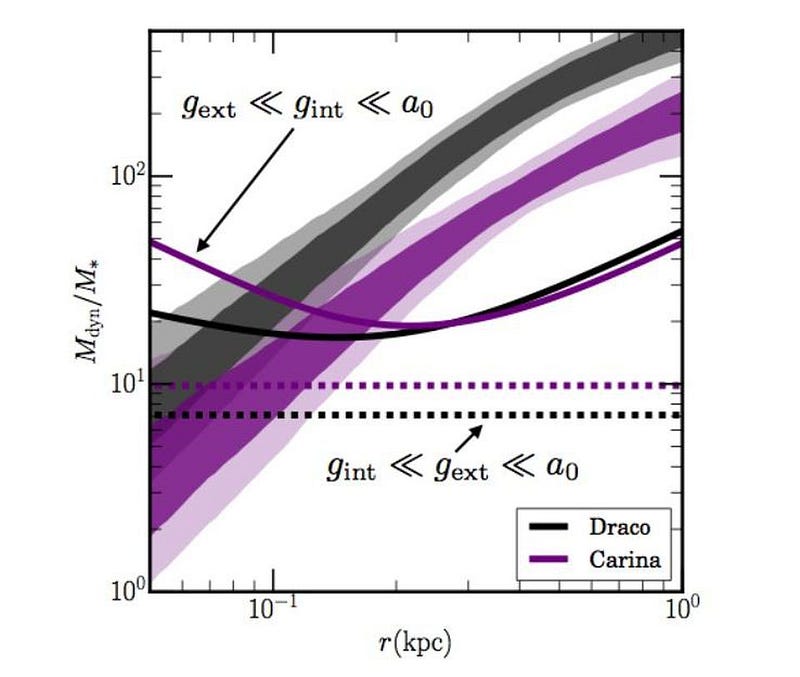
They looked at 8 dwarf spheroidal and 8 dwarf irregular galaxies, and found that there were two populations: one where star formation hasn’t occurred for the past 6 billion years, and one where it has. The ones where star formation didn’t occur recently are consistent with lots of dark mass in the center (no recent heating), and the ones where it did occur recently show far less dark matter in their centers (evidence for recent heating). It’s an indication that there is dark matter, it is cold and collisionless, and that it can be heated up by recent star formation.
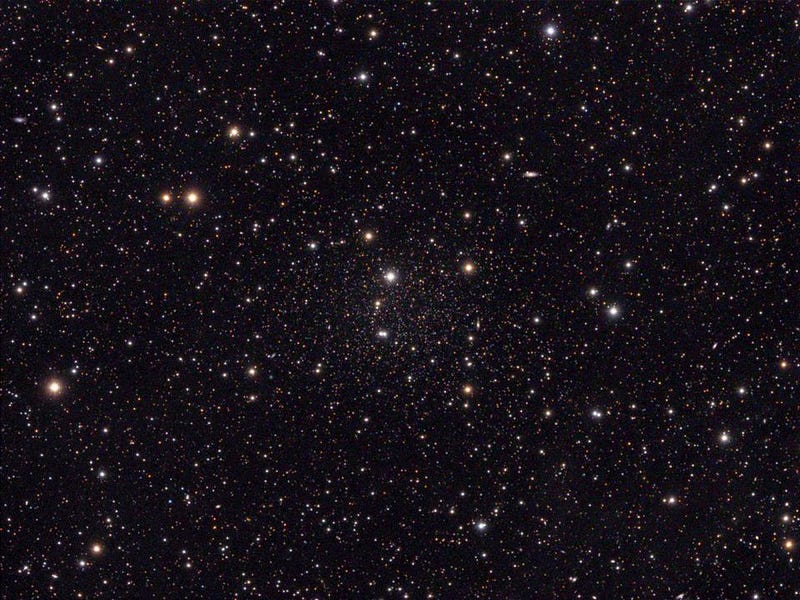
In particular, two of the galaxies (Draco and Carina) have almost the same masses and normal mass profiles, but widely different gravitational effects.
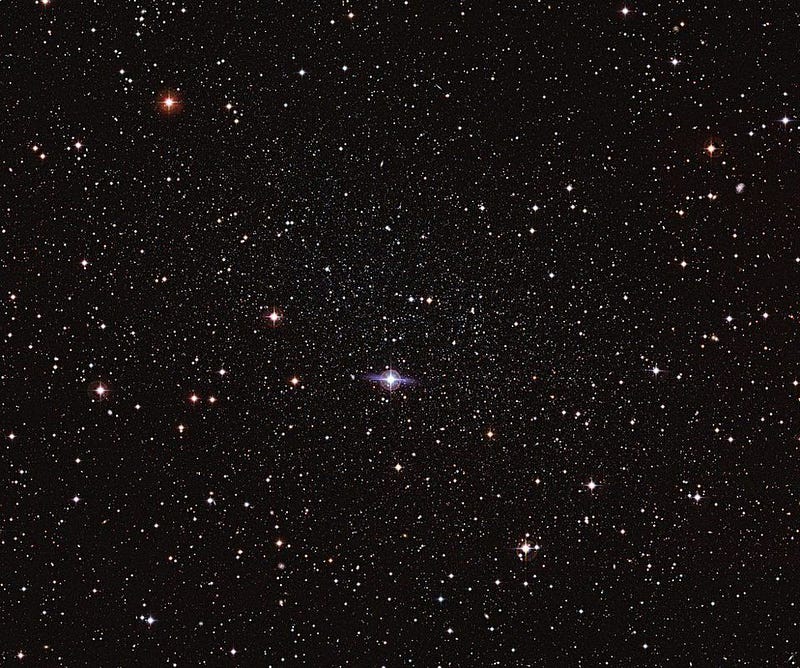
The authors note:
These two galaxies require different dynamical mass profiles for almost the same radial light profile. This is a challenge not only for MOND, but for any weak-field gravity theory that seeks to fully explain DM.
The fact that these two galaxies exhibit such different gravitational effects tell us that either something is very funny with one of them (something must be out-of-equilibrium), or that dark matter gets heated up by star formation and modified gravity cannot explain this. As always, more data, additional galaxies, and further research will be required to solve this mystery, but at long last, we’re looking at a viable way to prove modified gravity wrong on galaxy scales. Even without directly detecting a particle, dark matter might just achieve a knockout blow over its greatest competing alternative.
Thanks to Justin Read and Rhys Taylor for their explanatory takes on this new work.
Ethan Siegel is the author of Beyond the Galaxy and Treknology. You can pre-order his third book, currently in development: the Encyclopaedia Cosmologica.




